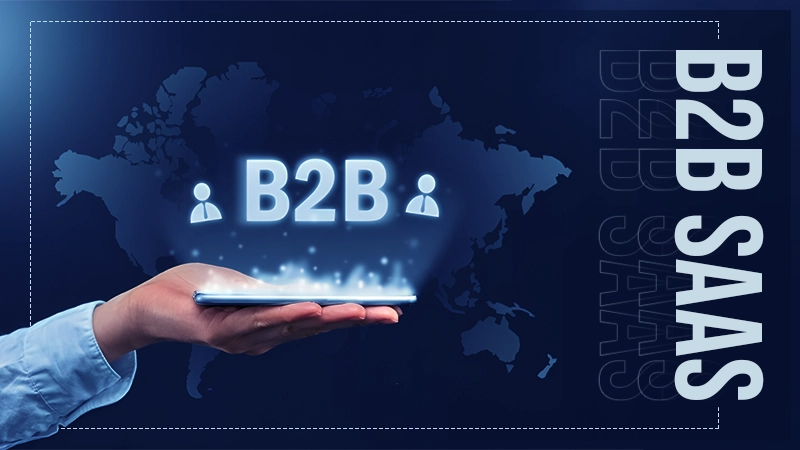Ans: Any company that offers its service directly to businesses via cloud infrastructure can be called a B2B SaaS company.
What is B2B SaaS? Meaning, Companies, Examples, and More
Tired of managing outdated software, costly updates, and complicated setups? B2B SaaS is here to change the game. Instead of buying and maintaining software the old-fashioned way, businesses can now access powerful tools anytime and anywhere.
It helps companies work smarter, move faster, and scale with ease. In fact, the global B2B SaaS market (valued at over $190 billion in 2024) is expected to surpass $500 billion by 2035.
So, let’s try to understand the B2B SaaS meaning with examples, what makes it so effective, and why more businesses are shifting to it.
- What is B2B SaaS?
- How SaaS B2B Platforms Work?
- Real World B2B SaaS Examples
- Top B2B SaaS Companies in 2025
- What are the Key Benefits of B2B SaaS Products?
- What are the Common Challenges in B2B SaaS?
- How to Choose the Right B2B SaaS Company for You?
- What is the Difference Between B2B SaaS and B2C SaaS?
- Final Thoughts: Is B2B SaaS the Future of Business Software?
- Frequently Asked Questions (FAQs)
What is B2B SaaS?
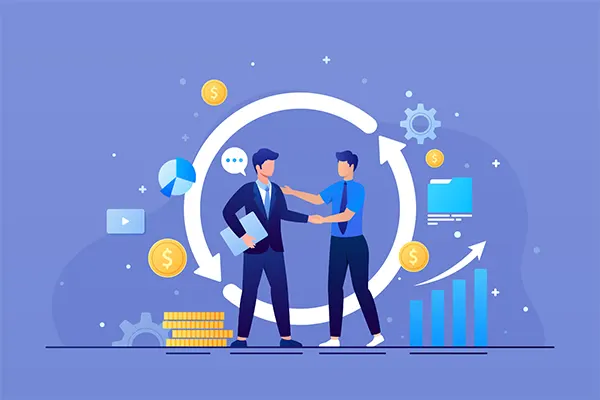
B2B SaaS stands for Business-to-Business Software as a Service. It means one business provides online software to help other businesses run more smoothly. Instead of buying and installing software, companies pay a regular fee (usually monthly or yearly) to use it over the internet.
SaaS and B2B together can handle a wide range of tasks, like managing customer relationships, tracking finances, organizing teamwork, or automating everyday operations. Since everything runs in the cloud, there is no need for downloads or technical setup.
In simple terms, it is cloud software made for businesses, by businesses, that offers a flexible and easy-to-use service.
How SaaS B2B Platforms Work?

As you now know about B2B SaaS, you should also understand its key characteristics and how these platforms work online. Here are a few core technologies responsible for a functioning SaaS model:
- All software runs on cloud servers (like AWS or Google Cloud), so users can access it anytime and anywhere with the internet. No physical servers or maintenance needed.
- SDKs (Software Development Kits) help developers build apps or features on top of your platform quickly, boosting flexibility and custom use cases.
- APIs (Application Programming Interfaces) can connect your SaaS with other tools like payment systems, CRMs, or ERPs. This makes B2B SaaS products more useful and easier to integrate into existing workflows.
- CI/CD (Continuous Integration and Deployment) allows teams to push updates faster, fix bugs quickly, and improve the product without downtime.
- DevOps ensures developers and operations work together from day one, leading to faster delivery and better performance.
As your business grows, it also allows you to package and scale apps, track system health, catch errors early, protect user accounts, manage servers and networks with code.
Real World B2B SaaS Examples
SaaS B2B tools are built to solve real business problems. Here’s how companies use different types of software to work smarter and grow faster:
- CRM Tools: Customer Relationship Management Softwares or Tools help businesses keep track of customer conversations, deals, and data in one place. This makes it easier to understand customer needs, offer better service, and build long-term relationships.
- Project Management Software: These tools are great B2B SaaS examples, which help teams plan, organize, and track work in real-time. This makes it easier to meet deadlines and stay on top of tasks.
- ERP Software: Enterprise Resource Planning tools can connect different parts of a business, like finance, HR, and inventory, into one system. This reduces confusion and keeps everything running smoothly across teams.
- Accounting and Finance Tools: These solutions make it easier to manage things like invoices, expenses, and payroll. With real-time financial data, businesses can make smarter money decisions without extra effort.
- Marketing Automation Platforms: The services can handle routine marketing tasks like sending emails and posting on social media. This saves time and helps businesses reach the right people with the right message.
Top B2B SaaS Companies in 2025
B2B SaaS companies have become essential for modern businesses. They help them boost their overall productivity. Below are some of the most trusted B2B SaaS services that are leading the way in 2025:
1. Salesforce
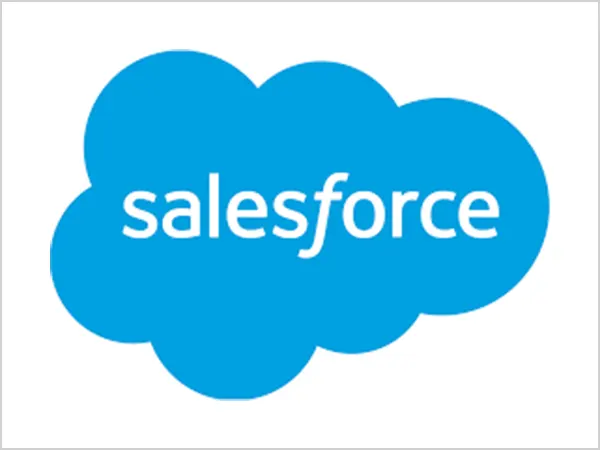
Salesforce is a top choice for managing customer relationships. It offers powerful tools for tracking sales, automating marketing, and organizing customer data. It also offers features like Salesforce CPQ for pricing and Salesforce Pardot for lead generation.
2. Shopify
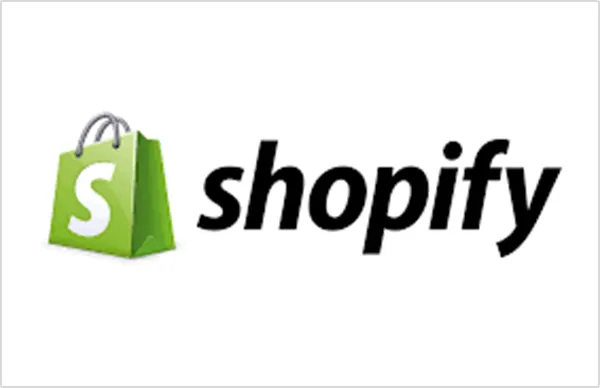
Shopify is one of the most famous SaaS B2B companies. It helps businesses launch and manage online stores easily (no coding required). It is an affordable and scalable eCommerce platform that powers millions of businesses worldwide.
3. SAP
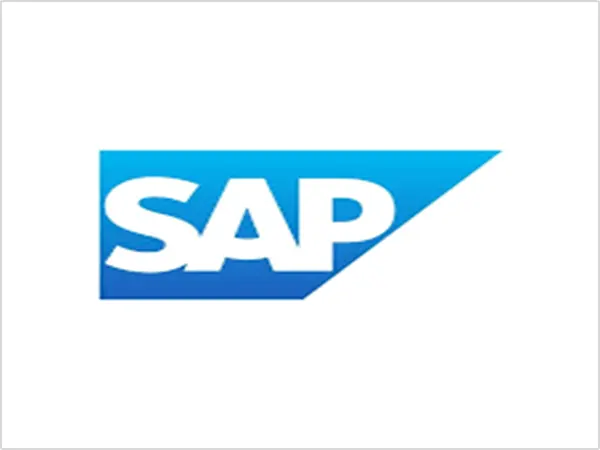
SAP is known for real-time insights and smooth business operations. Its S/4HANA Cloud simplifies financial and supply chain management. It also provides tools for hiring, procurement, and performance tracking.
4. Microsoft
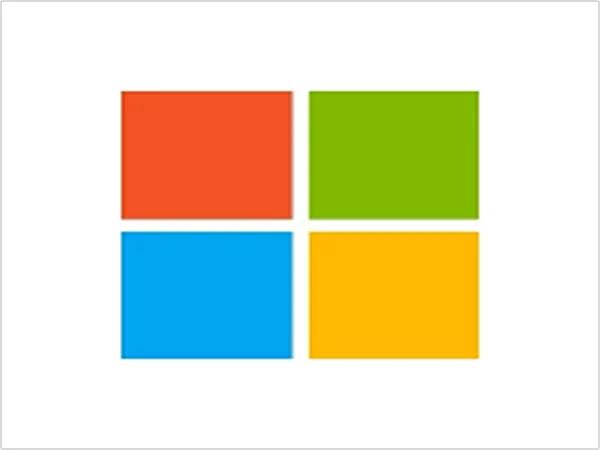
Microsoft’s offering goes beyond Windows. Office 365 tools, like Word, Excel, Teams, and Outlook, support daily tasks and team collaborations. Plus, Microsoft Dynamics helps businesses handle B2B SaaS sales, customer service, marketing, and overall sales in one place.
5. Slack
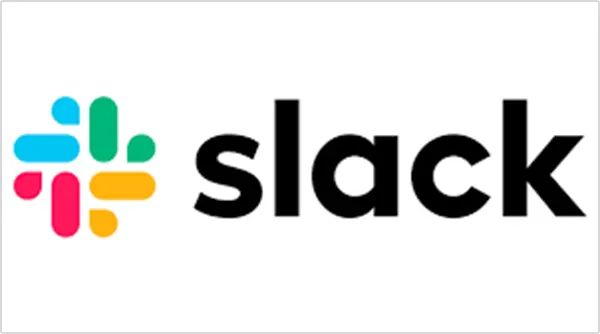
Slack makes workplace communication fast and organized. Many corporations use this effective tool, including ours. With chat channels and app integrations, it brings all your tools into one place, perfect for remote and hybrid teams.
6. Oracle
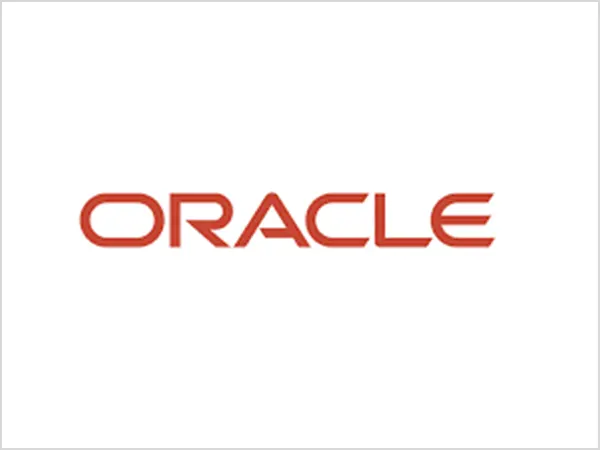
Oracle offers cloud-based software that automates finance, HR, and supply chain processes. Its ERP and CRM tools help large organizations stay efficient and organized, especially when dealing with complex operations.
7. Adobe
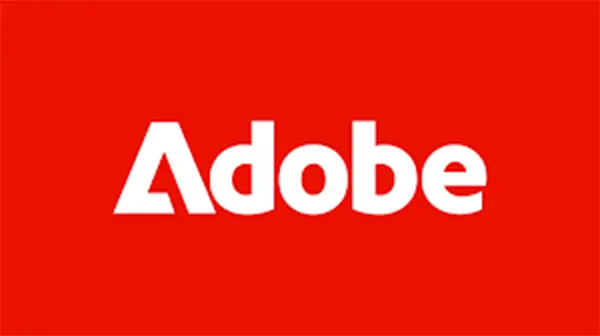
Adobe is not just about design. Its Document Cloud supports digital paperwork and e-signature, while Adobe Experience Cloud combines tools for marketing, ads, and analytics. It helps brands create powerful digital experiences.
8. HubSpot

HubSpot is a complete SaaS platform for marketing, sales, and customer service. Its automation and easy-to-use dashboard help businesses attract new leads and build long-term relationships (unlike most people in our generation).
9. Zoom
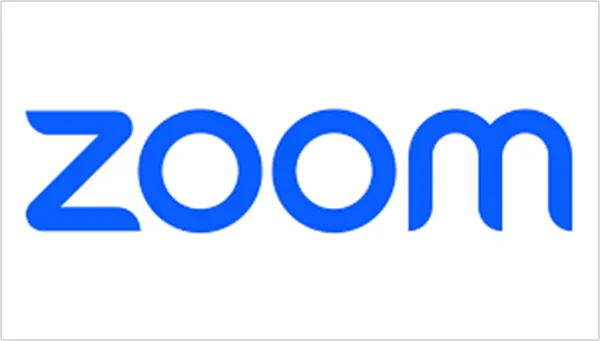
Since the COVID-19 pandemic, Zoom remains a favorite for virtual meetings, online events, and remote work. It is simple to use and supports everything from one-on-one calls to company-wide seminars.
These B2B SaaS companies are redefining how businesses work by offering cloud-based solutions that are flexible and scalable. As more companies go digital, these companies will continue to set the standard for innovation and efficiency.
What are the Key Benefits of B2B SaaS Products?

Why are these B2B SaaS services getting so popular in 2025? You may have some idea from reading the above information. So, now let’s explore the advantages of using them in more detail:
- Saves Money: SaaS works on a subscription model, so companies don’t need to spend a lot of money on software or hardware. You can pay monthly or yearly, based on what you need.
- Higher Profit Margins for Providers: It reduces the need for expensive infrastructure, making the business more cost-efficient. Once the software is built, there are ongoing costs, which help providers make more money from each customer. It is a win-win situation for both parties.
- Access from Anywhere: Since SaaS B2B software is cloud-based, teams can use it from any location with internet access. Most tools also work well on mobile phones, making it easier for remote teams to collaborate.
- Regular Automatic Updates: Providers handle updates in the background, so users automatically get the latest features and security patches. You don’t need to install anything by yourself.
- Easy to Scale: These services can grow with your business. You can upgrade your plan as your team expands or scale down when needed. Many companies charge based on usage, so you only pay for what you need at the time.
- Predictable Cost and Revenue: SaaS pricing is usually clear and consistent, with no hidden fees. For vendors, the subscription model brings steady and predictable revenue.
Furthermore, compared to traditional software that needs to be installed on company servers, SaaS B2B tools are quick to set up. Businesses can get started faster and start seeing results sooner.
What are the Common Challenges in B2B SaaS?
B2B SaaS services are powerful, but they do come with some common obstacles. Understanding these can help you plan better and avoid setbacks.
- Security and Privacy Risks: With everything stored in the cloud, keeping sensitive business information safe becomes a concern. So, it is essential to use platforms that offer strong encryption.
- Integration Issues: Not all SaaS tools work smoothly with your existing software. Before buying, check if it fits well with your current systems to avoid workflow disruptions.
- Switching Providers Can Be Hard: Once your data is on one platform, moving to another can be complex. Always check if the provider allows easy data export and has clear exit options.
- Limited Customization: Most tools offer some level of flexibility, but they may not fit unique business workflows perfectly. If you need more personalization, you might need to consider custom-built software for your company.
Apart from these, these tools need a stable internet connection. In areas with poor connectivity, this can lead to delays or interruptions. It is advisable to have backup options like offline access or local file storage.
How to Choose the Right B2B SaaS Company for You?
Finding the right partner is much more than just picking a popular name in the market. Here are some tips to choose what is best for your business:
- Start with what your business needs; list essential features, goals, and challenges to filter out tools that don’t match your priorities.
- Check if the SaaS and B2B tools offer solutions to your core problems.
- Ask for a free trial or demo to see how it performs in your day-to-day tasks.
- Make sure the solution is compatible with your current tools. A good fit saves time and boosts productivity.
- You can share your existing tech stack with the provider and ask about integration.
- Review the full pricing structure and watch for hidden charges, scaling costs, and add-ons.
- Good support can save you a lot of stress. So, please look for providers with reliable customer service and clear service level agreements.
Also, don’t forget to read user reviews or speak to current customers to get real feedback on their experiences.
What is the Difference Between B2B SaaS and B2C SaaS?

Before wrapping up things, let’s take a quick look at the comparison of B2B SaaS vs. B2C SaaS. The key difference lies in who they serve and how they operate.
| Basis | B2B SaaS | B2C SaaS |
| Who Do They Serve? | Built for companies, teams, or professionals. | Made for individual users or small businesses. |
| Focus | Combines product-led and sales-led approaches. | Mainly product-led; it focuses on ease and self-exploration. |
| Pricing | Higher and often based on team size or custom features. | Lower and usually based on features. |
| Examples | SAP, Salesforce, Oracle, Shopify, Slack, etc. | Gmail, Microsoft, Adobe, Spotify, Netflix, Canva, etc. |
| Free Access | May offer free trials, but no forever-free version. | Often includes freemium plans with fewer features to attract more users. |
| Costs to Run | Higher due to tailored support. | Lower due to self-service tools. |
| Buyer Mindset | Buyers need data, proof, and long-term value. | Buyers focus on convenience, speed, and user experience. |
| Help and Support | Offers personal help through account managers or dedicated representatives. | Relies on FAQs, guides, and community support for quick help. |
Final Thoughts: Is B2B SaaS the Future of Business Software?
I know one thing for sure: B2B SaaS is not just a trend. It is becoming the backbone of how modern business operates. From solving everyday workflow problems to powering enterprise-level processes, these tools are evolving fast and showing no signs of slowing down.
As more companies look for smarter and scalable solutions, it continues to grow, especially in niche areas and AI-driven innovations. With nearly every business using SaaS in some form, it is clear that the future of business software is in the cloud (not literally).
If you like what you read just now, please pass on this guide to your friends and colleagues.
Read Next: Cloud ERP: Sustainable Solution to Scale Your Business
Frequently Asked Questions (FAQs)
Q: What is a B2B SaaS company?
Q: Is Microsoft a B2B SaaS company?
Ans: Yes, Microsoft offers products like Office 365 and Microsoft Azure, which provide cloud-based business solutions to other enterprises.
Q: Is Netflix a B2B or B2C?
Ans: Netflix runs on a B2C model because it offers its service directly to its final consumers.
Q: What is the difference between SaaS and B2B?
Ans: SaaS or Software as a Service is a model where you can access all the services via a web browser (without installing any software). B2B, on the other hand, is a business model to offer products or services to other businesses.
Q: What is a B2B SaaS Software?
Ans: It is a service that can be accessed online (without any installation) and is created by a business for the benefit of other businesses.
Sources:
